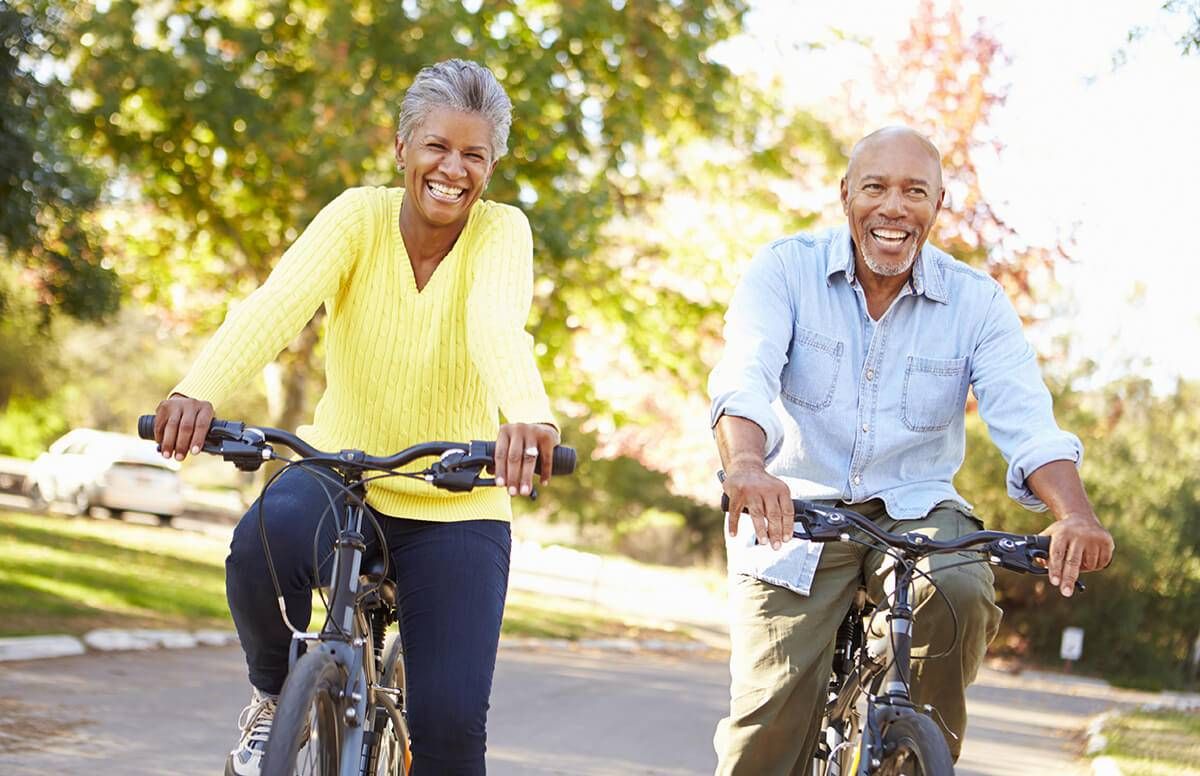The Low Cost, All-Natural Tool for Healthy Aging
New medicines are coming, but there's something else you can do now
(This story is part of an editorial partnership between the American Federation for Aging Research and Next Avenue.)

Medications to help keep us healthy as we grow older are just around the corner.
This is not as outlandish as it might sound, considering that medications to keep our hearts and blood vessels younger and healthier have been around for some time. That is, it is well-known that blood pressure and cholesterol-lowering medication preserve cardiovascular health. In fact, the widespread use of these medications has led to a one-third reduction in age-adjusted deaths from heart disease and stroke just since the beginning of this century.
Scientists focusing on the biology of aging, supported by the American Federation for Aging Research (AFAR), have now identified a number of other medications that target processes of aging itself. These interventions have had impressive results in mouse studies, and the most promising of these will soon start human testing.
Beyond Medication: Movement
Until these new medications undergo proper evaluation in people, there already exists one tried and true, broadly effective treatment to delay the illnesses and ailments many of us associate with growing older. This treatment, as studied by Dr. Nathan LeBrasseur of the Mayo Clinic, has virtually no unwanted side effects. It is inexpensive, available to virtually anyone, and 100 percent natural.
I’m talking of course about regular exercise — something that in the pre-mechanized history of our species used to be called just “life.”
That exercise is good for our health is not news, of course. However, the breadth of its health benefits is only now beginning to be appreciated. In addition to improving cardiovascular fitness, regular moderate to vigorous physical activity lowers the risk of heart disease, stroke, diabetes, frailty, dementia, cancer and death. Heart disease, diabetes, and stroke are not surprising. But dementia? Cancer? Who would have guessed it?
Antioxidant Defenses of Exercise
Amazingly, regular physical activity seems to improve and even rejuvenate all nine of the molecular hallmarks of aging that experts in aging have identified. Let me focus on just two of these: cellular stress and protein aggregation.
But first, a key concept in understanding how regular exercise can affect so many of the bodies’ systems is hormesis — the observation that a modest amount of stress may actually be beneficial because it activates many of the body’s natural defenses.
There is more than a little irony here. Increased physical activity increases your metabolic rate, and we know that increased metabolic rate inevitably leads to the production of more oxygen free radicals inside your cells.
For decades, these free radicals were considered to do nothing more than damage any molecules they touched. In those days, dietary antioxidants, which degrade free radicals, were assumed to be the best guardians against aging.
More recent work has shown, however, that free radicals have complex effects — one of which is to notify your cells that they are in danger of serious damage and need to ramp up their internal antioxidant defenses. So the right amount of free radical production can actually be beneficial. Regular exercise seems to provide just this right amount.
Repairing Damaged DNA
In addition to keeping your cells’ antioxidant defenses up, regular exercise also stimulates the protein recycling machinery inside your cells. One of the other hallmarks of aging is accumulating clumps of damaged proteins inside your cells. Proteins govern virtually all of the necessarily chemical reactions to keep your cells in good working order.
Proteins, for instance, repair your DNA, which is regularly being damaged. Unrepaired DNA damage is a cause of cancer, so the link between exercise and cancer prevention is not as surprising as it might first appear. Stimulating the recycling process known as autophagy, something that regular exercise is very good at doing, breaks down damaged proteins and reuses the parts to manufacture new, healthy ones.
As he explains in the new PBS documentary, Incredible Aging: Adding Life to Your Years, LeBrasseur has been investigating the many health processes that regular exercise improves. There is one other benefit that he notes. Exercise also promotes resilience, the ability to bounce back from adverse health events such as traumatic injuries or major surgery. Exercise can’t protect us from everything. But it can help us recover from even those health problems it couldn’t prevent.
More Health Advice on Its Way
In my column here on Next Avenue, I look forward to sharing the evidence-based research led by researchers like LeBrasseur that is helping transform how we can grow older, healthier.
Drug interventions that will help are on their way, but until then, your gym membership may be the most powerful medication there is for living healthier, longer.
See you at the gym.

